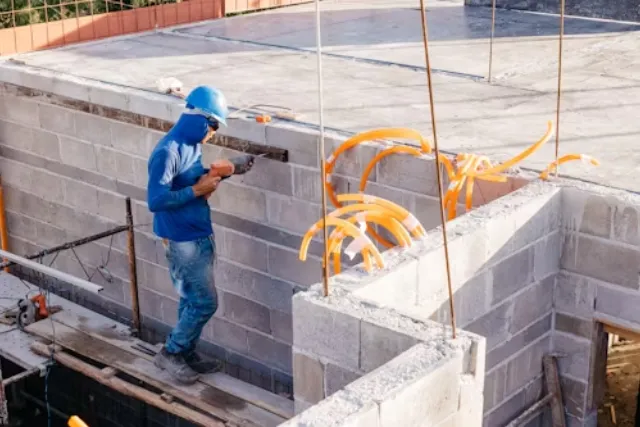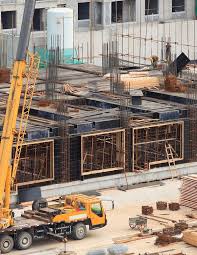
DUBLIN — The U.S. prefabricated construction market is on track for remarkable growth, with forecasts projecting it will reach USD 188.93 billion by 2025 and USD 257.39 billion by 2029, according to the United States Prefabricated Construction Market Intelligence and Future Growth Dynamics Databook released by ResearchAndMarkets.com.
The sector grew at a strong 8.6% CAGR from 2020 to 2024 and is expected to sustain momentum with a 6.2% CAGR from 2025 to 2029. This acceleration reflects rising demand driven by climate-related disaster recovery, sustainability initiatives, and breakthroughs in construction technology.
.webp)
What was once considered a niche market is now transforming into a core component of U.S. construction strategy. Extreme weather events, nationwide housing shortages, and skilled labor constraints are pushing developers toward factory-built solutions that are faster, more precise, and cost-efficient.
Modular housing is being deployed in post-disaster zones for rapid recovery, while eco-friendly materials such as hempcrete are entering the mainstream. Advanced manufacturing techniques like 3D printing, robotics, and Building Information Modeling (BIM) are enabling higher-quality builds with fewer errors.
The report identifies several trends reshaping the prefab industry:

Startups, established builders, and government programs are working in tandem to industrialize the prefab process. Notable players such as Plant Prefab and Veev are attracting significant capital and rolling out scalable housing solutions. State-level incentive programs are also stimulating investment, particularly in affordable housing and disaster-resilient infrastructure.
The evolution of prefabrication is expected to dominate several sectors over the next five years:
With the market’s value projected to jump from USD 176.02 billion in 2024 to USD 257.39 billion in 2029, prefab construction is no longer an alternative — it’s becoming a default choice for efficiency, resilience, and sustainability.
Originally reported by Research And Markets in Yahoo Finance.